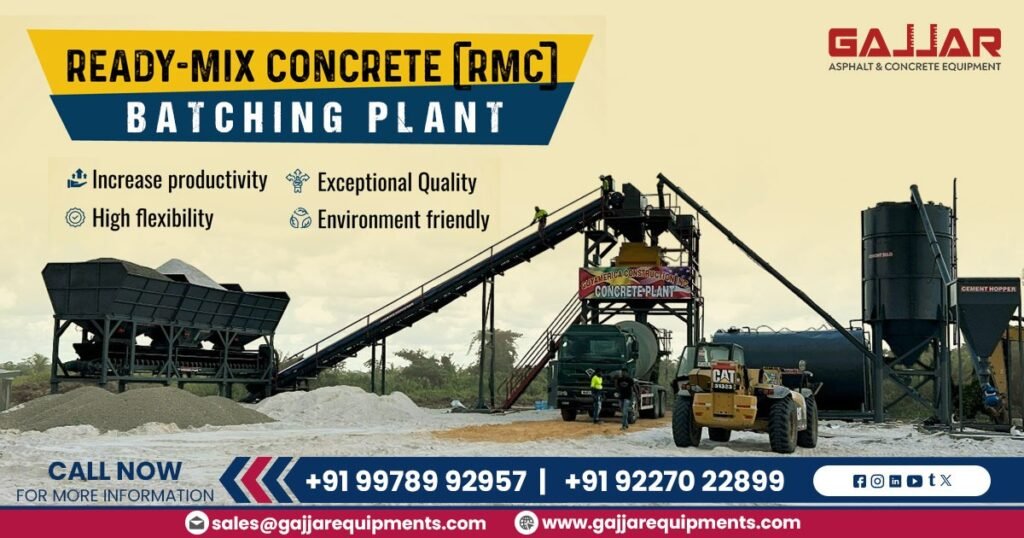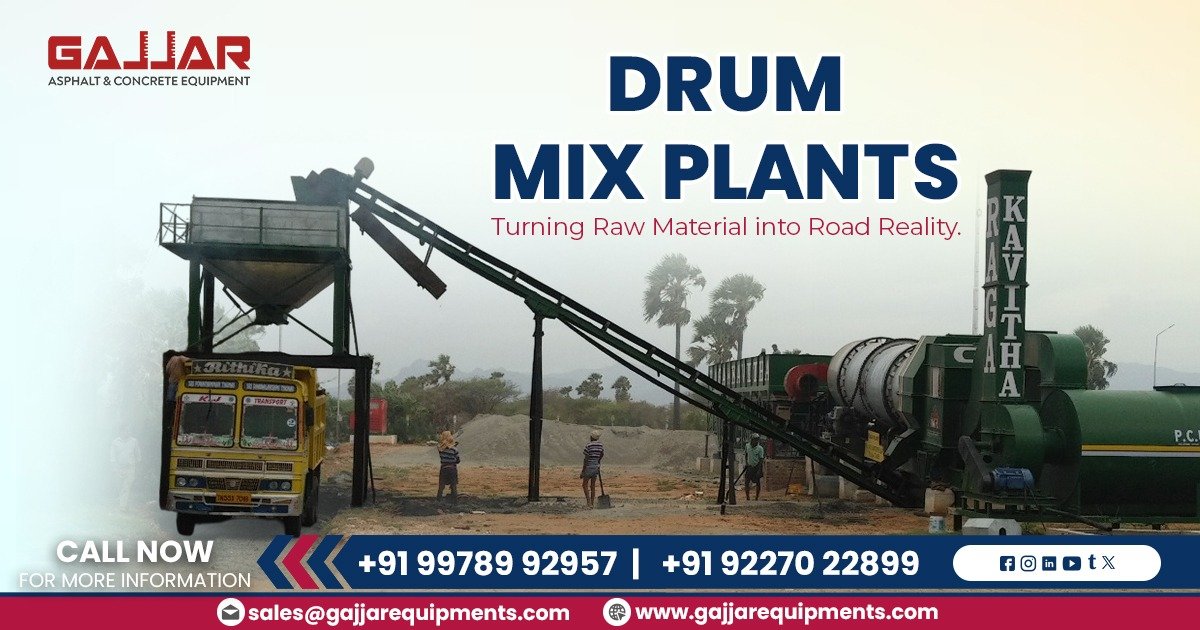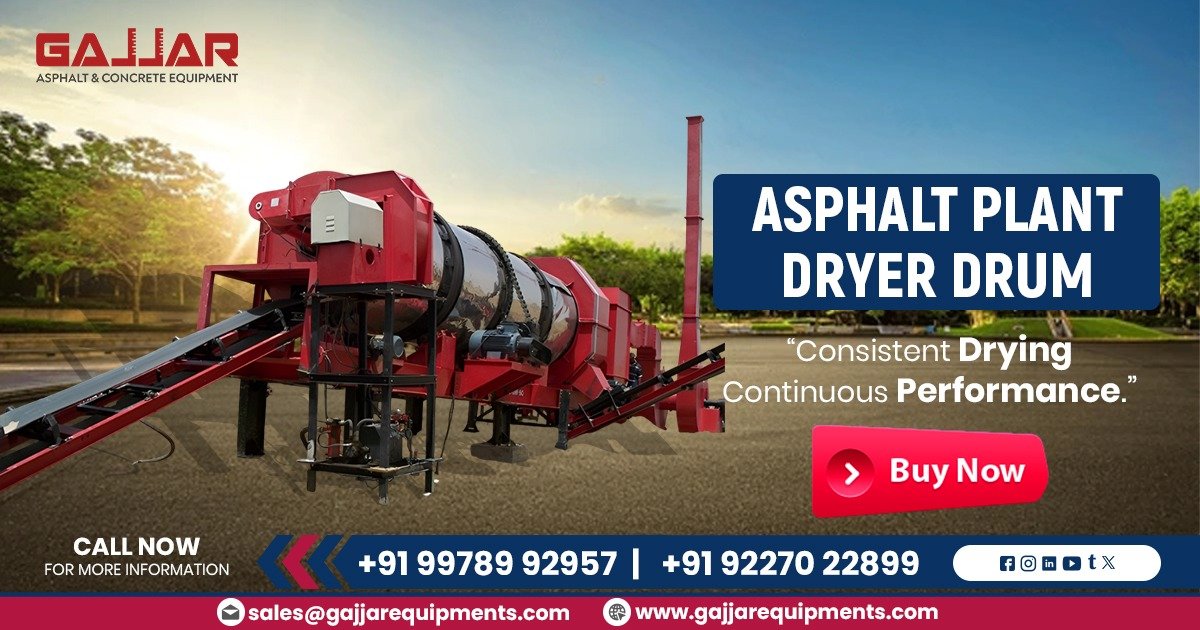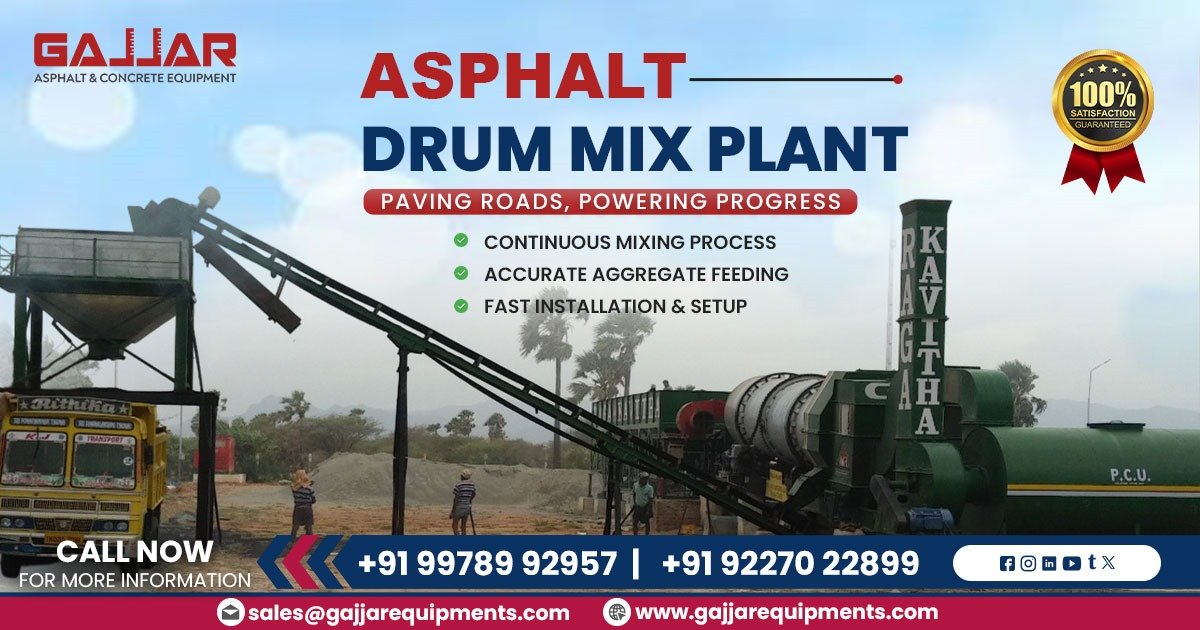Selecting the right materials plays a crucial role in ensuring the strength and durability of a building. Among these, ready-mix concrete (RMC) has gained popularity due to its convenience, reliability, and time-saving benefits. Produced in factories and delivered directly to construction sites, RMC arrives ready for pouring, eliminating the need for on-site mixing.
For builders and contractors, understanding the advantages of using RMC is essential. Additionally, learning about different concrete mixes and their applications helps ensure the stability and safety of structures. This guide provides an overview of mixed concrete fundamentals, equipping you with the knowledge to achieve superior results.
What is Ready-Mix Concrete?
Ready-mix concrete (RMC) is a type of concrete that is prepared at a manufacturing plant before being delivered to a construction site. It consists of cement, sand, gravel, and water, carefully measured and mixed to ensure consistency. Once ready, the concrete is transported in specialized trucks, arriving at the site ready for immediate use, eliminating the need for on-site mixing.
Beyond convenience, using ready-mix concrete enhances efficiency in construction. Since workers don’t need to mix materials manually, it saves time and minimizes errors in proportioning. Hand-mixed concrete can sometimes have inconsistencies, which may weaken the final structure. By opting for ready-mix concrete, contractors ensure a reliable mix, improving overall project quality and durability.
Advantages of Using Ready-Mix Concrete
Ready-mix concrete (RMC) offers numerous benefits, making it a preferred choice for construction projects. One of its key advantages is its consistency and efficiency, eliminating the need for on-site mixing. Additionally, ordering the precise quantity required helps minimize material waste. Let’s explore these benefits in detail:
- Consistency: Expertly measured and mixed in controlled environments, ready-mix concrete guarantees strength and durability in every batch.
- Time Efficiency: Since RMC arrives ready for use, construction crews can avoid on-site mixing, accelerating project timelines.
- Quality Control: Produced in specialized plants, RMC undergoes stringent quality checks at every stage, ensuring superior performance.
- Cost-Effectiveness: While the initial cost may be slightly higher, ready-mix concrete reduces long-term expenses by preventing material wastage and errors in mixing.
- Environmental Sustainability: Many modern production facilities implement eco-friendly practices, such as recycling water and materials, reducing the environmental footprint of concrete manufacturing.
By opting for ready-mix concrete, builders can enhance efficiency, maintain high standards, and contribute to sustainable construction.
Types of Ready-Mix Concrete
Ready-mix concrete (RMC) is available in various types, each designed to meet specific construction requirements. Generally, RMC consists of cement, aggregates, and water, with some variations incorporating additives to enhance performance. The mixing process significantly influences the concrete’s strength and durability.
When selecting the appropriate concrete mix, engineers must evaluate factors such as structural strength, longevity, and environmental conditions. With these considerations in mind, builders can ensure the concrete is well-suited to the project. Here’s an overview of common types of ready-mix concrete:
Transit-Mixed Concrete
In transit-mixed concrete, dry ingredients are loaded into a truck at the plant. During transportation, water is added, and the truck’s rotating drum mixes the materials until it reaches the site. This method allows on-site adjustments, such as altering the water content for consistency control. Transit-mixed concrete is widely used in large-scale projects, including residential and commercial buildings.
Shrink-Mixed Concrete
Shrink-mixed concrete is partially mixed at the plant before being transported. The truck mixer completes the mixing process during transit, maximizing the amount of concrete that can be transported per load. Upon arrival, the mixer operates for a short period to ensure uniformity. This type is ideal for projects requiring large concrete volumes, such as highways and bridges.
Central-Mixed Concrete
Central-mixed concrete is fully blended at a stationary plant before being loaded into transport vehicles. This approach guarantees a uniform mixture and enhances quality control. Additionally, it offers faster production and reduces wear on truck drums. Central-mixed concrete is particularly advantageous for large-scale constructions like skyscrapers, where consistency and efficiency are paramount.
Choosing the right type of ready-mix concrete ensures durability and efficiency, ultimately improving the success of construction projects.
The Concrete Mixing Process
Properly mixing concrete is essential for creating durable and resilient structures. The process involves carefully blending cement, sand, gravel, and water in precise proportions to achieve a uniform and strong mixture. Executing each stage correctly ensures the final product performs well over time. Here’s a breakdown of the key steps:
- Batching: In this initial stage, manufacturers accurately measure the required materials to ensure consistency and adherence to specifications.
- Mixing: All ingredients are combined in a mixer to create a smooth, even mixture. The duration of mixing is crucial, as over- or under-mixing can affect the concrete’s strength.
- Transportation: Once mixed, ready-mix concrete is transported to the construction site using specialized trucks equipped with rotating drums. This prevents premature setting before placement.
- Placement: The concrete is promptly poured into moulds before it hardens. Workers then smooth and compact the material to eliminate air pockets, ensuring structural integrity.
- Curing: The final step involves maintaining the correct moisture and temperature conditions to allow the concrete to develop its full strength. Improper curing can lead to cracks and reduced durability, making this stage critical for long-term performance.
Following these steps guarantees a high-quality concrete mix, contributing to the success of construction projects.
Using Ready-Mix Concrete in Construction
Ready-mix concrete (RMC) has become a vital material in modern construction due to its efficiency, reliability, and superior quality. Unlike traditional on-site mixing, RMC is produced in a controlled factory setting and delivered ready for immediate use. This approach reduces waste, enhances productivity, and optimizes costs. Here’s how RMC is applied across different construction sectors:
Residential Construction
RMC is widely used for foundations, driveways, and patios in residential projects. Its consistency ensures smooth, durable surfaces that enhance both structural integrity and aesthetics.
Commercial Construction
In commercial developments, ready-mix concrete is essential for constructing floors, columns, and pavements. Its strength and durability make it ideal for high-traffic areas such as office buildings and shopping centers.
Infrastructure Projects
Bridges, tunnels, and highways rely on ready-mix concrete due to its ability to withstand heavy loads and extreme environmental conditions, ensuring long-lasting performance.
Specialty Applications
RMC is also used in decorative concrete and precast elements. Decorative mixes allow customized designs, while precast components, such as beams and panels, are manufactured off-site for rapid installation.
Best Practices for Builders & Contractors
To maximize the benefits of ready-mix concrete, builders must follow key best practices:
- Site Preparation: Clear debris and level the ground before pouring concrete. Secure formwork to maintain shape and support curing.
- Reinforcement: Integrate rebar or wire mesh within the formwork to enhance structural strength and durability.
- Delivery Scheduling: Plan concrete deliveries strategically to prevent delays. Consider traffic, weather conditions, and use tracking software for efficient coordination.
- Quality Control: Conduct tests such as slump and cube tests to verify mix consistency and strength.
- Safety Measures: Workers should always wear protective gear, including gloves and goggles, to prevent injuries from wet concrete.
By implementing these practices, construction professionals can ensure high-quality outcomes while maintaining efficiency and safety.
Partner with a Trusted Construction Equipment Manufacturer
Enhance your concrete production capabilities with GAJJAR Equipments Pvt Ltd, a leading name in construction equipment manufacturing. Whether you need a high-capacity stationary batching plant or the versatility of a mobile unit, choosing the right equipment ensures superior quality, operational efficiency, and long-term cost savings.
Outdated systems can hinder project timelines—modern batching plants integrate energy-efficient technologies, advanced automation, and robust safety features to meet today’s construction demands seamlessly.
Discover our extensive range of ready-mix concrete batching plants, designed to maximize productivity while maintaining strict environmental and safety compliance.
Get in touch at +91-92270 22899 or email us at sales@gajjarequipments.com for expert guidance, competitive pricing, and tailor-made solutions. Build with confidence—build smarter, faster, and stronger!








